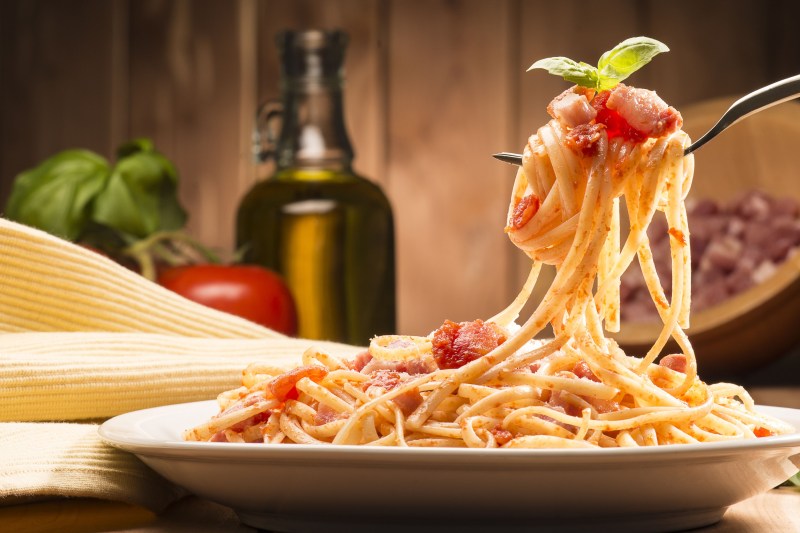Italian food is incredible stuff. From hearty pasta dishes to remarkable wine, the cuisine at large is among the best on earth. And now, it’s (almost) a UNESCO-recognized genre of food.
Perhaps it’s no surprise. This is the country, after all, that’s graciously supplied the world with Chianti, gelato, pasta carbonara, the Aperol spritz, and so much more. It’s not even the first time UNESCO has honored the nation’s food, as Neapolitan pizza has already been recognized.
What does it all mean? UNESCO is in the process of honoring Italian cuisine as an Intangible Cultural Heritage element. As the name suggests, the title recognizes an age-old practice. Many of the great Italian cooking methods have existed for centuries and beyond. Because the nomination involves food at large; this is a nod to all things Italians done well — from Florentine steak and biscotti to unbelievably flavorful olive oil (all the way to how excited Chef Massimo Bottura gets about cheese).
The Italian government nominated its nation’s robust culinary prowess in March. UNESCO will almost certainly grant the honor but has until the end of 2025 to officially do so. Whenever it does finally come to pass, it will be one more feather in the cap of a cuisine that’s so rich and layered that you could spend an entire lifetime studying it.
The coolest part about the campaign is that it recognizes the big picture of Italian food. And anybody who has had the pleasure of eating seafood in Cinque Terra or pizza in Napoli knows what we’re talking about here. It’s about the food, sure, but the UNESCO nod also honors the social aspects of gastronomy — the traits and practices that make it more like a lifestyle or appealing religion.
In that sense, this nomination takes into account the whole package — the hand rolling of the pasta, the patient aging of the Parmesan, the suggested pairing of crisp white wine from Alto Adige, and the bonus pour of grappa to cap off the meal. It’s the techniques passed down from generation to generation, the traditions hanging on, and the tasty new ones being forged.
Makes sense, as we would certainly rate Italian food up there with other things UNESCO likes to celebrate. Places like Los Katios National Park in Colombia or Notre Dame. These are places that demonstrate beauty, artistry, and profound cultural value. Much could be said about a place of homemade tortellini in the rolling hills of central Italy.
Hungry? We’ve got classic Italian pasta recipes and a breakdown of the pinsa style of pizza, while we’re on the topic of all things edible Italy. If it’s enough to inspire a trip around food (and can’t make it all the way to the Old World), here are the best U.S. cities for foodies to visit.
Mangia!



